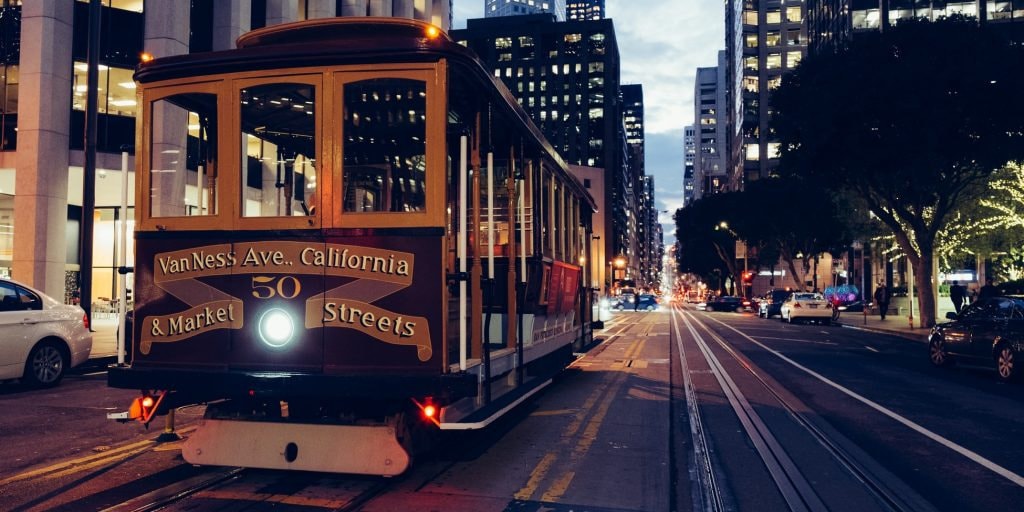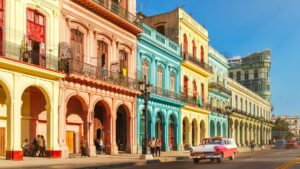Thinking about hitting the road solo or planning a U.S. trip without a tour guide? Self-guided travel can be an incredible way to explore America at your own pace. But how much does it really cost? This guide from TravelersNetwork breaks down the real expenses so you can plan better, avoid surprises, and make the most of every mile.
Why Go Self-Guided?
Why choose self-guided travel? It’s simple: you’re in control. Imagine not having to rush from one site to another because a tour bus is leaving or following someone else’s plan. With self-guided travel, it’s all about freedom — you stop where you want, linger longer, and explore places most tourists never see.
But what about the cost? Let’s get real about what you’ll spend and where you can save.
Getting Around: What’s the Real Cost of Transportation?

Transportation can be a big chunk of your budget. Let’s talk options:
- Rental Car: For flexibility, renting a car is probably your best bet. Prices start around $40-$60 a day for basic models, though the final cost depends on the season and your location. Car insurance can add $10-$20 per day, and if you’re under 25, prepare for an extra fee that can hit $25-$35 per day.
- Public Transport: In big cities like New York or San Francisco, public transit is cheap and reliable. Weekly passes cost around $30-$60. But beyond major cities, public transit options shrink, so if you want to see rural areas or national parks, you’ll need another plan.
- Flights for Long Distances: If you’re trying to see both coasts, flights save time. Domestic one-way tickets are typically $100-$200 if you book early. Last-minute flights can be pricey, though, so plan ahead if possible.
Where to Sleep: What Are the Accommodation Costs?

Lodging in the U.S. varies a lot based on location, season, and type of place. Here’s what to expect:
- Budget Stays (Hostels & Motels): Hostels are your cheapest option in cities, around $30-$50 a night for a bed in a shared room. For budget hotels like Motel 6 or Super 8, prices start around $50 per night. It’s basic, but it’ll give you a clean bed and shower.
- Mid-Range Hotels: For a little more comfort, expect to spend $100-$200 per night at places like Holiday Inn or Hampton Inn. Many include free breakfast and Wi-Fi, which helps keep other costs down.
- Airbnb & Vacation Rentals: In big cities or popular tourist spots, Airbnb has rooms and whole apartments. Single rooms go for $40-$80 per night, while entire apartments might cost $100-$250 or more. Watch out for cleaning fees, though; they can make a cheaper listing not so cheap after all.
Eating on the Road: What’s a Realistic Food Budget?

You don’t have to spend a fortune on food, but eating out adds up. Here’s how to keep your food budget under control:
- Budget-Friendly Meals: Fast food, diners, and grocery stores will keep your food costs around $20-$30 per day. Grocery stores are your friend if you’re road-tripping — pick up essentials like sandwiches, salads, and snacks.
- Casual Dining: For a bit more variety, hitting up casual restaurants or local cafes will bring your daily food budget to about $40-$70. Places like Chipotle or local burger joints are good for affordable, filling meals.
- Local Treats: Don’t forget to try the local specialties, like BBQ in Texas or clam chowder in Boston. It’s part of the experience, so budget $50 for a memorable meal or two along the way.
Unexpected Costs: What Else Should You Budget For?

Self-guided travel comes with a few extra costs that can catch you off guard. Here’s a heads-up on some common surprises:
- National Park Fees: If national parks are on your list, expect to pay an entrance fee of around $10-$35 per car. Hitting multiple parks? Grab an America the Beautiful Pass for $80, which covers all parks for a year.
- Tolls and Parking: Some highways have tolls that range from $1 to $15, and parking can be pricey in major cities, costing $20-$40 per day.
- Data and Wi-Fi: If you’re coming from outside the U.S. or need reliable internet on the go, a prepaid SIM card costs around $30-$50 per month, depending on your data needs.
Tips to Save Money and Enjoy Your Trip
Self-guided travel doesn’t mean breaking the bank. Here are a few of my favorite ways to stretch your budget and get more out of your trip:
- Travel Off-Season: Spring and fall usually offer lower prices on hotels and flights, plus fewer crowds.
- Stay Outside City Centers: If you’re road-tripping, staying just outside of cities or tourist-heavy areas can save you a ton.
- Use Deal Apps: Apps like GasBuddy, HotelTonight, and Skyscanner help find last-minute deals for gas, hotels, and flights.
Traveling the U.S. on your own can be affordable and flexible if you plan it right. With a little strategy and a good idea of where your money will go, you’ll have more freedom to explore and experience the best of America.
So get ready, pack your bags, and let TravelersNetwork be your guide as you take the journey of a lifetime!






Leave a Reply